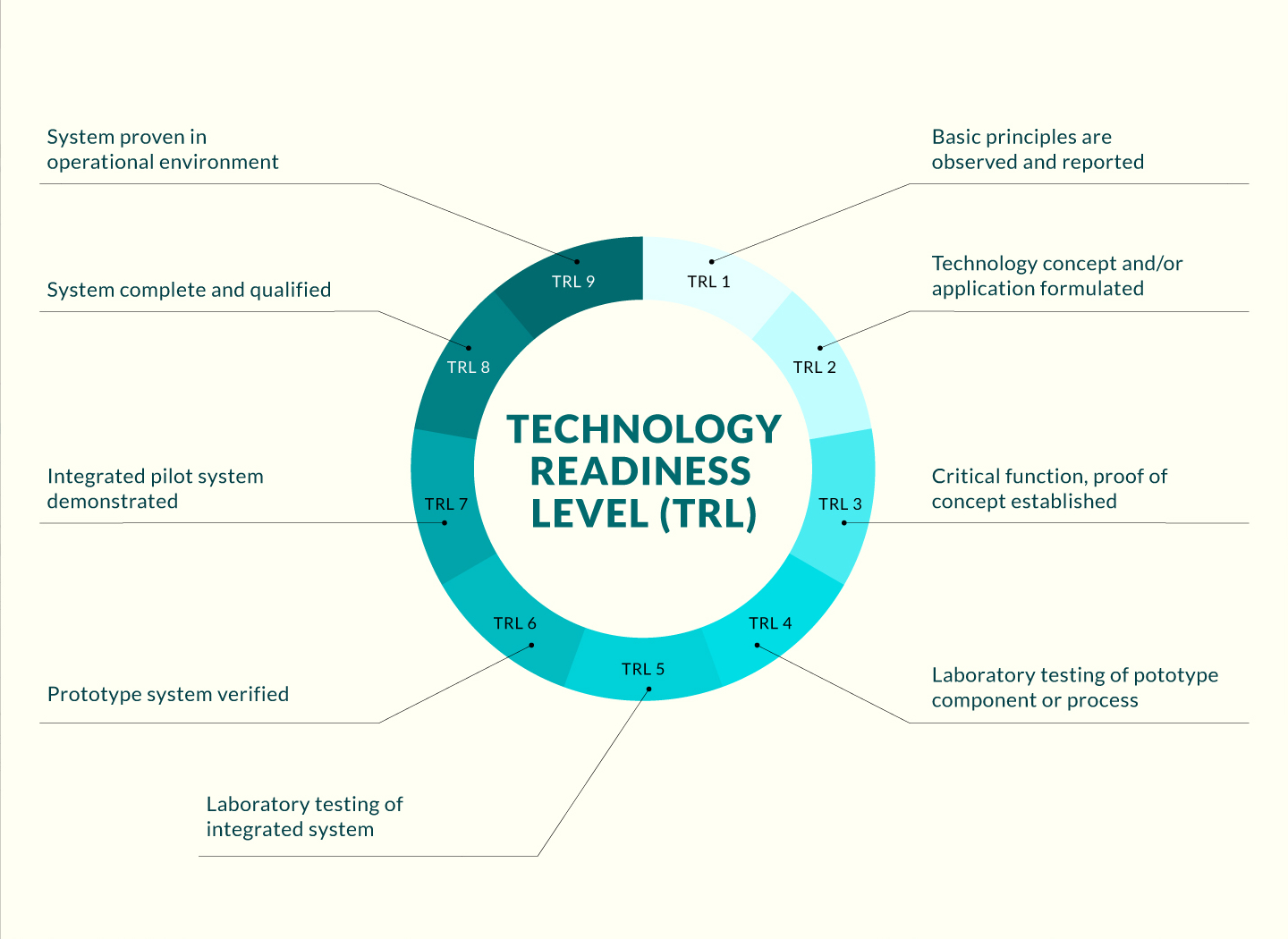
Opportunity
Terahertz (THz) waves, the frequency band siting between microwaves and infrared spectrum, has fostered many critical scientific and technological application in various fields such as spectroscopy, imaging and communication systems, over the years. Owing to the low energy carried by THz radiation, it poses almost no risk to any object under investigation but is capable of easily penetrating into various materials, including biological tissue. This emerging technology has great potentials to improve applications ranging from passenger scanning at airports, huge digital data transfers to chemical analysis and manufacturing quality control. Many manufacturers are currently focused on developing new devices that can send and receive radiation of THz frequency range.
Technology
The present technology relates an integrated photonic device that could efficiently generate continuous terahertz (THz) waves at room temperature. The device is fabricated on the platform of thin-film lithium-niobate-on insulator (LNOI). Two optical laser signals are injected into the top layer of LNOI optical waveguides, while THz signals are generated and confined on the bottom layer of high-resistivity silicon THz waveguide. By the difference frequency generation (DFG) in accordance to the said nano-photonic coupled-waveguide system, the highly efficient and continuous-wave THz radiation is generated.
Advantages
- The continuous-wave THz radiation is generated by the mix of two optical signals with frequencies separated by the desired THz frequency.
- The novel device can operate at room temperature through a portable platform to produce relatively high THz radiation power.
- THz waves generated base on DFG process in this device enjoys a quadratic scaling with frequency ideally suitable for applications on the higher side of the THz spectrum.
- Unlike the traditional THz sources trading-off between nonlinear interaction strength and THz loss, the novel device can tackle the challenge of large wavelength mismatch and boost the THz generation efficiencies.
Applications
- Medical imaging - Some frequencies of terahertz radiation can be used for 3D imaging of teeth and may be more accurate than conventional X-ray imaging in dentistry;
- Security - Unlike X-rays radiation, the low photon energy of THz radiation does not damage living tissue or DNA but is sufficient to penetrate fabrics and plastics. This is an excellent candidate of security screening, such as passenger scanning at airports;
- No Destructive Testing and Industrial Process Monitoring - Owing to the characteristics of THz waves, it can broadly implement into sensors and detection for manufacturing process and quality control.




